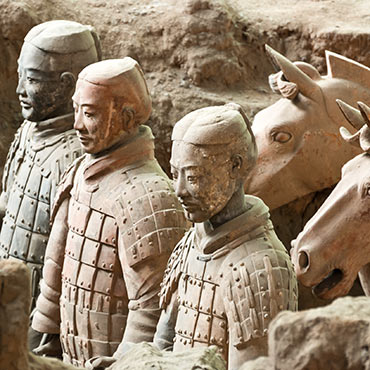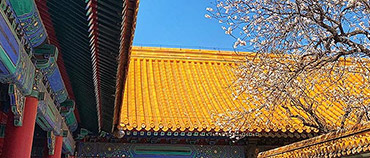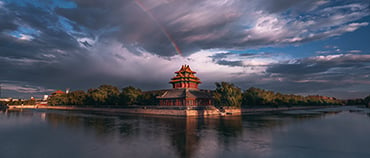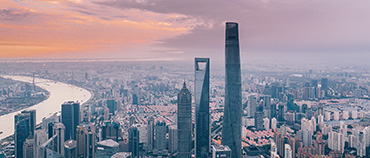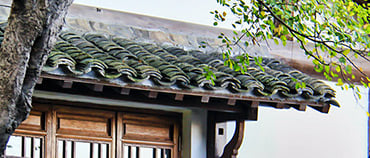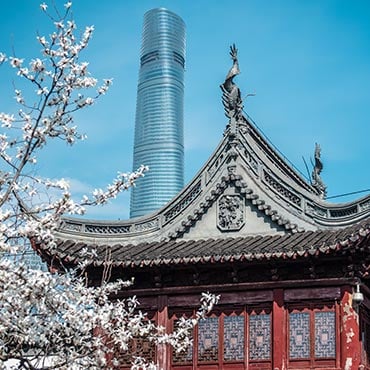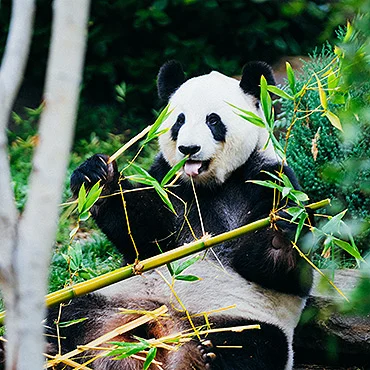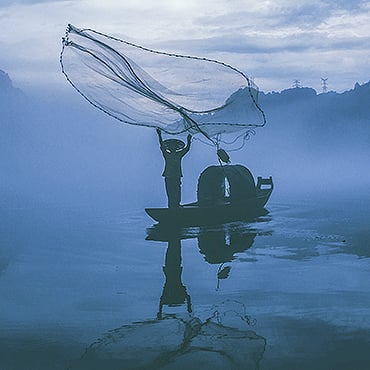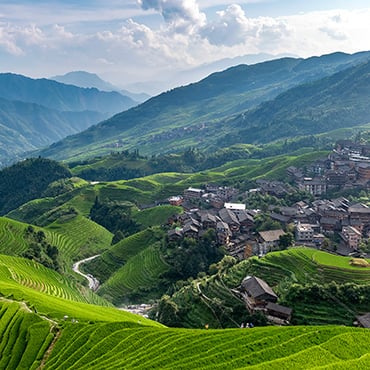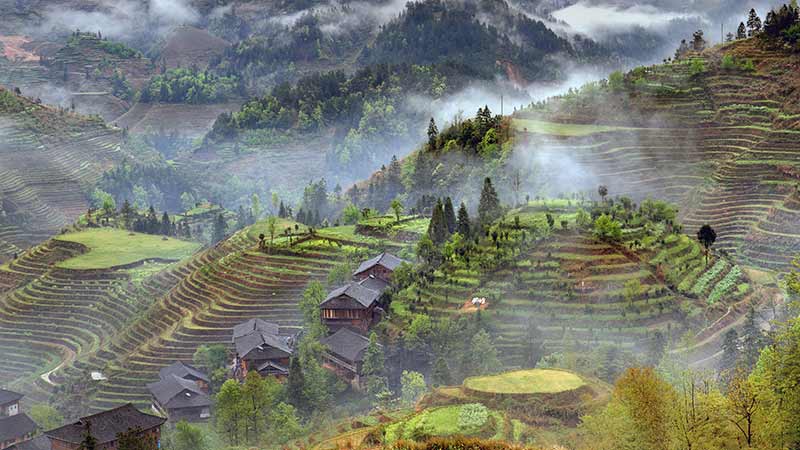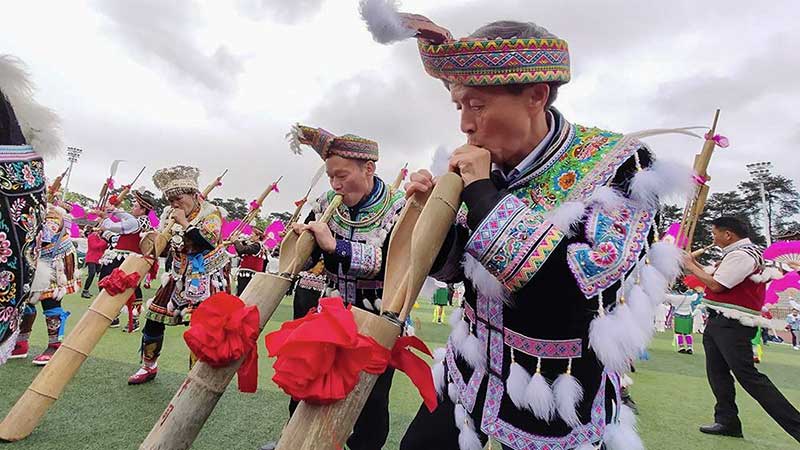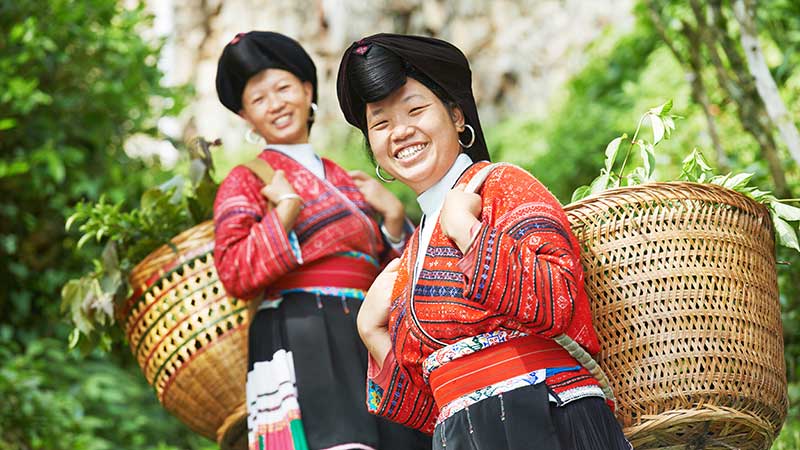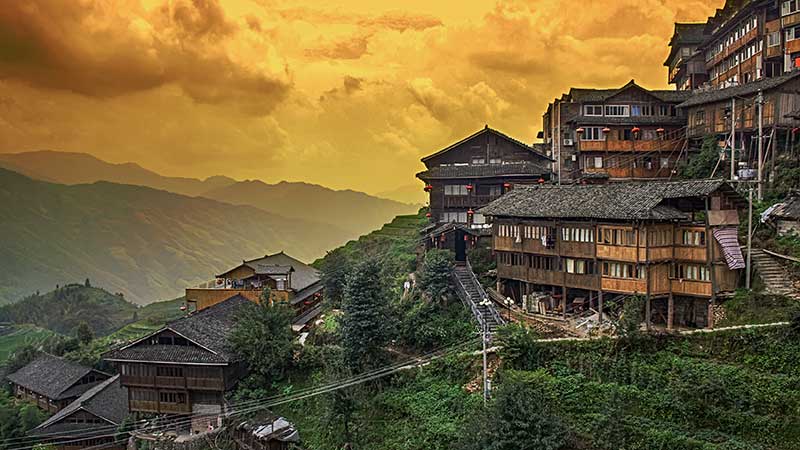The Terracotta Army – or Terracotta Warriors as they are often referred to – is the number one reason travelers from all over the world visit Xi’an. Discovered by several humble farmers who were digging for water, it is hard to believe that nobody was even aware the Terracotta Army existed before 1974 when it was ‘resurrected’ after being buried for 2,200 years.
Causing a sensation when it was first discovered, the allure of this most unusual archaeological find endures today, so much that it is hard to believe visitors wouldn’t be impressed by the magnitude and vision the army represents.
Why is the Terracotta Army so amazing?

There are many things that make the Terracotta Army so remarkable, however perhaps one of the most surprising things is that nothing was known of them until around 50 years ago. Why is that? It’s a perplexing question, given so much is known about Emperor Qin Shi Huang Di, the man who commissioned its creation. In fact, the existence of the emperor’s mausoleum was very well documented in historical records, which show work on the mausoleum commenced when Emperor Qin became ruler at the tender age of 13 years. However, despite these detailed historical records, no mention was made of the Terracotta Army.
So why was the tomb built? Why indeed!
Ying Zheng came to the throne as the King of Qin in 247BC. Between 230BC and 221BC, Qin conquered the other six kingdoms and unified China. Ying Zheng called himself Emperor Qin Shi Huang, the first emperor of the Qin dynasty, and he ruled China after the unification from 221BC to 206BC. His mausoleum is just one of the examples of his larger-than-life vision for his kingdom.
According to traditional Chinese beliefs, construction on the Emperor’s tomb commences as soon as the individual assumes power. A long construction time was directly correlated with a long life for the emperor.
Who built the Terracotta Army?

Historical records indicate over 720,000 people (yes, you read that right) were involved in the design and construction of the world’s largest underground army. It took almost 40 years to complete the tomb. Actually, it would have taken longer, however towards the end of Emperor Qin’s rule, a peasant uprising broke out, which meant those involved in construction were needed elsewhere to go to war. The impact of this war was far reaching. Archaeologists believe one reason so much damage has occurred to the soldiers is because the bronze weapons held by statues were taken for fighting purposes.
While these facts are amazing, there are many others that distinguish this iconic attraction in China.
From a purely artistic perspective, the Terracotta Army is an amazingly creative feat, especially considering how advanced the design is. Intricate details found in every figure, chariot, and weapon are a testament to the workmanship and tenacity of those involved in the construction of the enormous mausoleum and everything in it. You’ll discover this when you finally meet ‘face to face’ with the soldiers yourself.
There is no doubt the life-like nature and life size of the statues, each of which is completely different, contributes to the mystique and aura of the army. Incredibly, no two statues are alike, and archaeologists have wondered if each face is that of an actual soldier. In truth, we will probably never know, but seeing the soldiers in person gives an almost eerie feeling that you are staring straight into the eyes of a real person from the past.
The Terracotta Army tells a story.

All elements in the tomb combine to give visitors a unique insight to what life was like during the period of Emperor Qin’s reign. From the depiction of nature, to the clothes worn by soldiers, to the weaponry and beautiful treasures found throughout, it has been possible to deepen the understanding of China’s rich history at this time.
Each soldier is 1.7 to 1.8 meters high and crafted on solid legs. Heads were made separately, only to be added when the figure was finished and transferred to the mausoleum. In fact, this ‘design flaw’ is one reason there are so many soldiers who are having ‘cosmetic’ work done at the army ‘hospital’. The weight of heads left them prone to breaking off and falling to the ground. Considering the average weight for each soldier is about 200 kilograms, or 440 pounds, it’s hardly surprising the heads felt a little heavy for the statues to hold up permanently.
Something you will notice immediately about the soldiers is the order, which reflects a true battle formation. Consistent with real life at the time, the army is made up of infantrymen, charioteers, kneeling archers, standing archers, and even generals. How do we know? Each rank of soldier is distinguished by clothes, hairstyles, armor, shoes, and weapons.
When you visit the museum, you will have the opportunity to see exactly what was discovered when archaeologists first uncovered the tombs. You can follow the progression of restoration, from the original pit that was excavated, the repair work in progress at the army’s hospital where damaged soldiers, horses, and chariots are put back together, and the fully restored figures. A number of specially encased statues allow visitors a close up view of all the details so carefully captured in each and every figure.
A few facts about the pits

A visit to the Terracotta Army is not something completed in half an hour. Rather, you will want to allow time to savor the experience. Archeologists and the museum’s curators have designed the museum to allow for optimal viewing, probably not something that was possible at the time of construction.
There are three major exhibition rooms, which display three enormous pits. Pit 1 was the first to come to light when the Terracotta Army was first discovered. It is the largest of the three with over 6,000 warriors, of which 2,500 have been excavated. Pit 3 is the smallest and was the last to be discovered. Even so, it is considered the most important as it’s believed to be headquarters for the army. Pit 2 is special for a different reason – for the details found on each of the statues. What kind of details, you ask? You can look closely and see wrinkled foreheads, the fine hair of eyebrows, distinctive moustaches and beards, shoes, and more. An ‘added extra’ is found in the temporary exhibition room which contains an original and replica of two bronze chariots discovered in the Bronze Chariot Pit.
While it’s said that the Terracotta Army was buried, in fact, this is not completely true. You will see, huge pits were dug to house the army, while the floors were paved with bricks. Petitions were constructed to form corridors in which the warriors were lined up in military formation. A roof constructed of timber beams and packed earth covered the pits.
The truth is, there is simply so much to see here, a visit to the museum is not something you want to rush. Considering it was nearly 40 years in the making, it’s wise to allow at least half a day to enjoy every part of it. A knowledgeable guide will add to your experience, helping you to understand the detail behind this amazing historical legacy.
| Entry Prices | |
|---|---|
| Adults | ¥120 |
| Children under 16 years and taller than 140cm | ¥60 |
| Children under 16 years and under 140cm | Free |
| Food | Yes | On site canteen with food and drink menu, including coffee |
| Transport | Yes | Car (taxi) Metro Line 1. Change to Line 9 at Fangshicheng Station. Arrive Uha Wing Chi Station and change to Bus 602 to Terracotta Army. Take Bus 307 at Big Wild Goose Pagoda stop and arrive at the Terracotta Army. Take Bus 915 at San Fu Wan Transport Terminal to the last stop at Terracotta Army. |
| Tours | Yes | Private guided tours and audio tours available |
| Family friendly | Yes | |
| Close to city | Yes | Located approximately 1 hour by car from the city heart |
| Opening hours | Monday – Sunday | 8:30 – 17:00 1 Mar to 30 Nov 8:30 – 16:30 1 Dec to 28 Feb |
| Items of note | Yes | Museum shop with books, figures, and artworks available for purchase |

